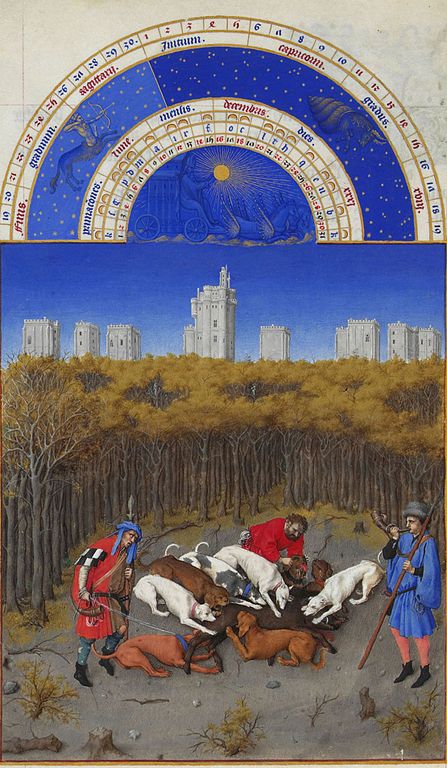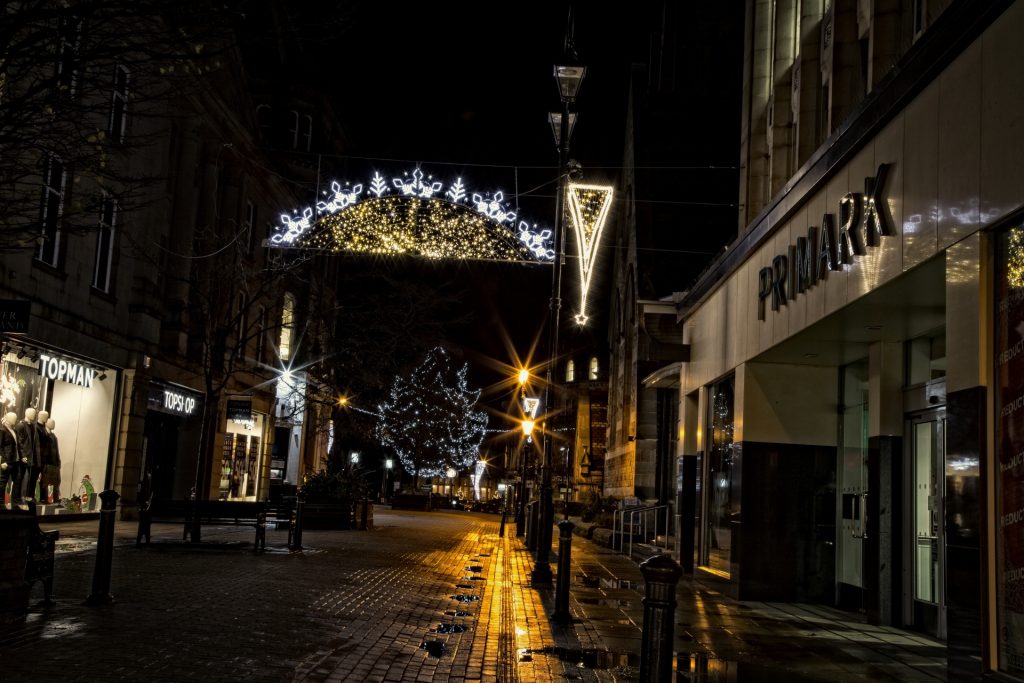[This has been updated from 2023 with new information, additional images, and sources]

circa 1440
Public Domain via Wikimedia Commons
December is the 12th month on the Gregorian calendar. The name derives from the Latin word decem, which means ten. It originally was the tenth and final month of the year on the old Roman calendar which began in March. With the adoption of the Julian calendar, January and February were added but the name remained. Anglo-Saxons used the word Yule for December-January but that now has been changed to mean December and Christmas season.
The December solstice is known as the Winter Solstice in the Northern Hemisphere, but it is the Summer Solstice in the southern. The solstice generally takes place around 21 -22 December and is the shortest day of the year in the north (the reverse in the south). Depending on how far north you are, sunlight may only be a few hours a day. And in some places, it is either dark or twilight for winter. Many old festivals took place to commemorate this event (and some still do to this day). For Christians, the first four weeks before Christmas is Advent in which they prepare for the birth of Jesus on 25 December. Jews celebrate Chanukah/Hanukkah, the 8-day Festival of Lights in December as well.
The first full moon of December is often called the Cold Moon in some places but has many other names as well depending on the culture and people that observed and followed the lunar schedule. The Geminid Meteor Shower takes place on 13-14 December. The Ursid Meteor Shower is on 22-23 December.
For More Information
Catherine Boeckmann, “The Month of December 2024: Holidays, Fun Facts, Folklore,” Almanac.Com, last modified December 2, 2024, https://www.almanac.com/content/month-of-december-holidays-facts-folklore.
“The Month of December.” https://www.timeanddate.com/calendar/months/december.html.
Mariah Thomas, “December Holidays and Observances to Celebrate Year After Year,” Reader’s Digest, last modified November 4, 2024, https://www.rd.com/article/december-holidays/.


